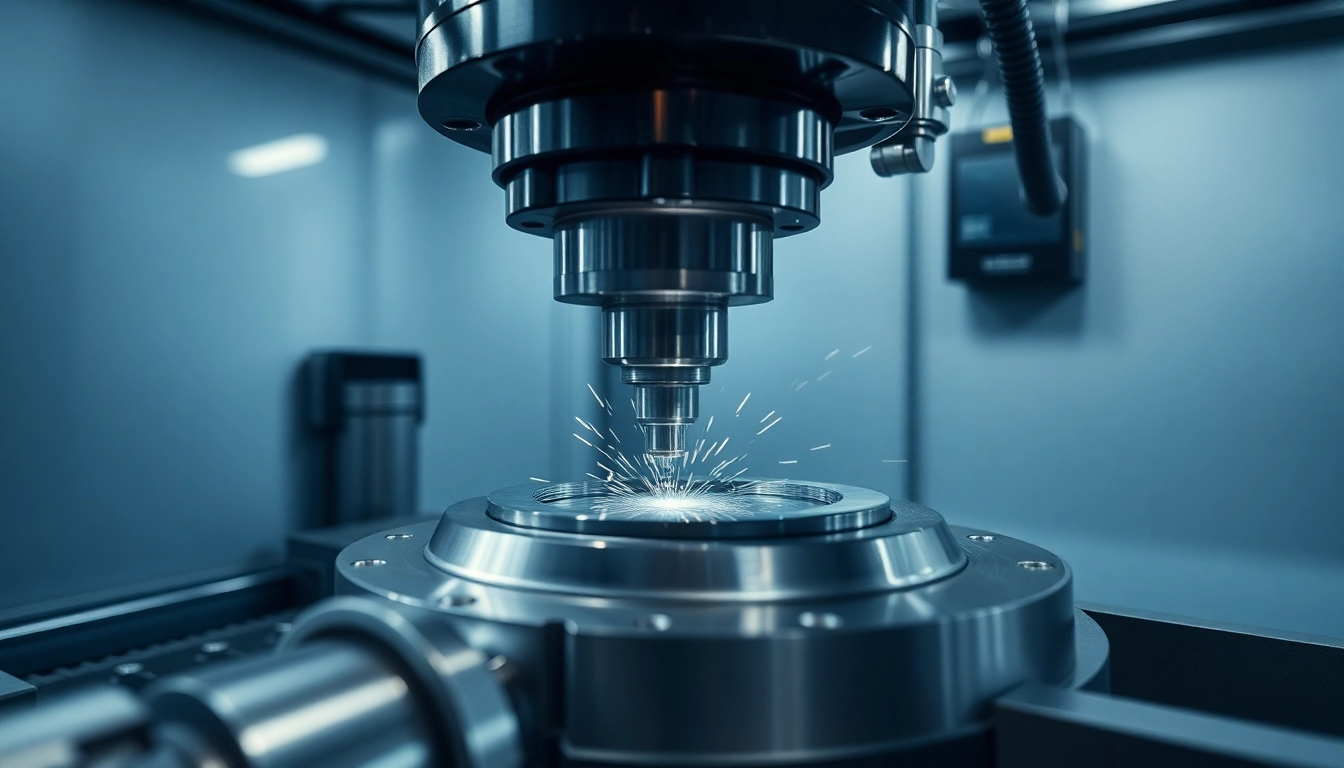Understanding the Benefits of Boom Lift Rental for Your Projects
In the world of construction, maintenance, and infrastructure development, access equipment like boom lifts plays a critical role in ensuring safety, efficiency, and productivity. While owning such machinery might seem like a straightforward solution, many organizations and individuals find that opting for a boom lift rental offers superior flexibility, cost savings, and access to the latest technology. This section explores the core advantages of renting boom lifts over ownership, emphasizing how rental options are tailored to meet varying project needs.
Why choose rental over ownership?
Choosing between renting and owning equipment is a strategic decision that impacts project timelines, budgets, and operational flexibility. Renting boom lifts is particularly advantageous because it eliminates the hefty upfront capital expenditure associated with purchasing, allows for utilization of the latest models with advanced safety features, and reduces maintenance responsibilities. Rental companies provide well-maintained, inspected machines with trained operators, ensuring safety compliance and optimal performance.
Key advantages of rental equipment for short-term and long-term needs
- Cost-effectiveness: For short-term projects, rentals significantly reduce overhead costs. Long-term rentals can be negotiated for better rates, and maintenance costs are covered by the rental provider.
- Access to a variety of equipment: Rental companies offer a wide range of boom lifts—articulating, telescopic, mast—enabling precise matching of equipment to specific task requirements.
- Latest technology and safety standards: Rental providers regularly update their fleet, ensuring access to machines equipped with modern safety features, emission standards, and technological innovations.
- Reduced downtime and logistical hassle: Equipment is delivered, installed, and retrieved by experts, minimizing project delays.
Cost comparison: rental vs. purchase for construction and maintenance
While buying a boom lift involves a substantial initial investment—often tens or hundreds of thousands of pounds—rental costs are incremental, based on usage periods. For example, a high-quality articulating boom lift costing around £80,000 to purchase might incur a daily rental fee of approximately £200-£400. Over months or years, maintenance, repairs, storage, and depreciation costs add up, often exceeding rental fees. Additionally, rentals include scheduled inspections and servicing, which are expenses for ownership but are covered by the rental company.
In terms of flexibility, renting allows organizations to scale their equipment use according to project demands, avoiding idle machines that depreciate over time when unused.
Selecting the Right Boom Lift for Your Specific Requirements
The variety of boom lifts available means that selecting the optimal machine requires careful analysis of the project’s scope, environment, and constraints. The right choice ensures safety, efficiency, and cost-effectiveness. This section provides an in-depth overview of the different types of boom lifts, factors influencing selection, and expert tips for making informed decisions.
Types of boom lifts available: articulating, telescopic, and mast
- Articulating Boom Lifts: These machines feature jointed arms that allow for significant maneuverability, making them ideal for accessing hard-to-reach areas, especially in confined spaces or complex structures. They are perfect for indoor maintenance, building façades, or intricate roof work.
- Telescopic (Straight/aerial) Boom Lifts: Characterized by their extendable, straight arms, these lifts excel in providing high horizontal reach and maximum vertical height. They are suitable for outdoor construction, infrastructure projects, or scenarios requiring large outreach.
- Mast Boom Lifts: Vertical, often non-articulating, mast lifts are compact and ideal for indoor applications, such as warehouses or electrical work in tight spaces, where horizontal outreach is less critical.
Factors to consider: height, capacity, terrain, and indoor/outdoor use
Making the right choice involves assessing several critical factors:
- Working Height: Determine the maximum height needed. For example, a project requiring access to 20 meters will necessitate a boom lift capable of reaching that height safely.
- Platform Capacity: Consider the load, including operators, tools, and materials. Typical safe working loads range from 200kg to 500kg; exceeding this risks safety.
- Terrain: Outdoor, uneven surfaces require diesel or rough-terrain models with high stability. Indoors or smooth surfaces may only require electric or hybrid models.
- Indoor vs. Outdoor: Indoor projects benefit from electric or battery-powered lifts that produce no emissions, whereas outdoor projects might need robust diesel or hybrid options for extended use and higher durability.
Expert tips for choosing the most suitable boom lift rental option
- Assess your project’s specific ‘reach’ and ‘capacity’ needs before selecting a model.
- Consult with rental providers about terrain and space restrictions, ensuring the equipment’s size and capabilities match your site conditions.
- Prioritize safety features such as emergency descent, overload sensors, and outrigger stabilization systems.
- Consider future scalability—if project scope might expand, opt for versatile machines that can adapt.
- Leverage vendor expertise; reputable rental firms often provide consultations, operator training, and technical support.
How to Ensure Safe and Effective Usage of Rented Boom Lifts
Safety is paramount when deploying aerial lifts. Proper inspection, operator training, and maintenance are crucial to prevent accidents and ensure compliance with regulations such as the Health and Safety Executive (HSE) standards in the UK.
Pre-rental inspection and safety checks
Before accepting any boom lift, conduct a thorough inspection or rely on the rental provider’s pre-hire checks. Critical points include verifying the stability of outriggers, inspecting hydraulic and electrical systems, and ensuring safety devices such as alarms and emergency stops are operational. Document the inspection for accountability and future reference.
Operator training and safety protocols
Only trained personnel should operate boom lifts. Basic safety training covers harness use, stability, emergency procedures, and load limits. Advanced training may also include troubleshooting and routine maintenance. Implementing clear safety protocols—like standby spotters, weather considerations, and exclusion zones—minimizes risks.
Maintenance, troubleshooting, and return procedures
Regular maintenance is essential for keeping equipment in top condition. This includes daily visual checks, periodic servicing, and addressing repairs promptly. Operators should report any issues immediately. When returning rented equipment, ensure thorough cleaning and documentation of condition. Proper procedures prolong machine lifespan and prevent liability issues.
Best Practices for Cost-Effective Boom Lift Rental
Optimizing rental expenditure involves strategic planning, timely booking, and leveraging local service providers. Adhering to these best practices ensures project success without unnecessary costs.
Planning and scheduling to optimize rental periods
Analyzing project timelines helps determine precise rental durations. Avoid overnight or weekend rentals unless necessary; flexible scheduling can reduce costs. Moreover, aligning equipment delivery with project milestones reduces idle time and enhances productivity.
Leveraging local rental providers for quick availability
Choosing nearby rental firms can guarantee faster delivery, reduced transportation costs, and easier equipment pickup. Local providers are often more familiar with regional regulations and site conditions, leading to better service quality.
Utilizing online booking and customer support for seamless service
Many rental companies now offer online reservations, real-time availability checks, and dedicated support lines. These tools streamline planning, prevent booking conflicts, and facilitate quick response to emergencies or last-minute changes.
Performance Metrics and Enhancing Productivity with Boom Lift Rentals
Maximizing operational efficiency requires tracking key performance indicators, ensuring safety compliance, and applying lessons learned from previous projects. This approach not only improves productivity but also reduces costs and safety incidents.
Tracking operational efficiency and safety compliance
Use digital tools or logs to monitor lift utilization, downtime, and safety checks. Regular audits help identify inefficiencies and areas for improvement. Incorporating GPS tracking or telematics can provide real-time data on machine location and health status.
Utilizing the right equipment to reduce downtime
Matching the equipment precisely to your project’s needs prevents delays caused by inappropriate or underperforming machinery. For instance, using a high-reach articulating lift for intricate indoor tasks accelerates completion time, whereas heavy-duty outdoor lifts suit large-scale infrastructure jobs.
Case studies: successful projects with strategic boom lift rentals
Numerous companies have benefited from carefully planned boom lift rentals. For example, a UK-based manufacturing plant optimized its maintenance schedule by renting electric boom lifts with advanced safety features, achieving a 25% reduction in project turnaround times and significantly improving worker safety. Similarly, a commercial developer used a fleet of hybrid boom lifts to perform façade repairs, reducing emissions and operational costs.



